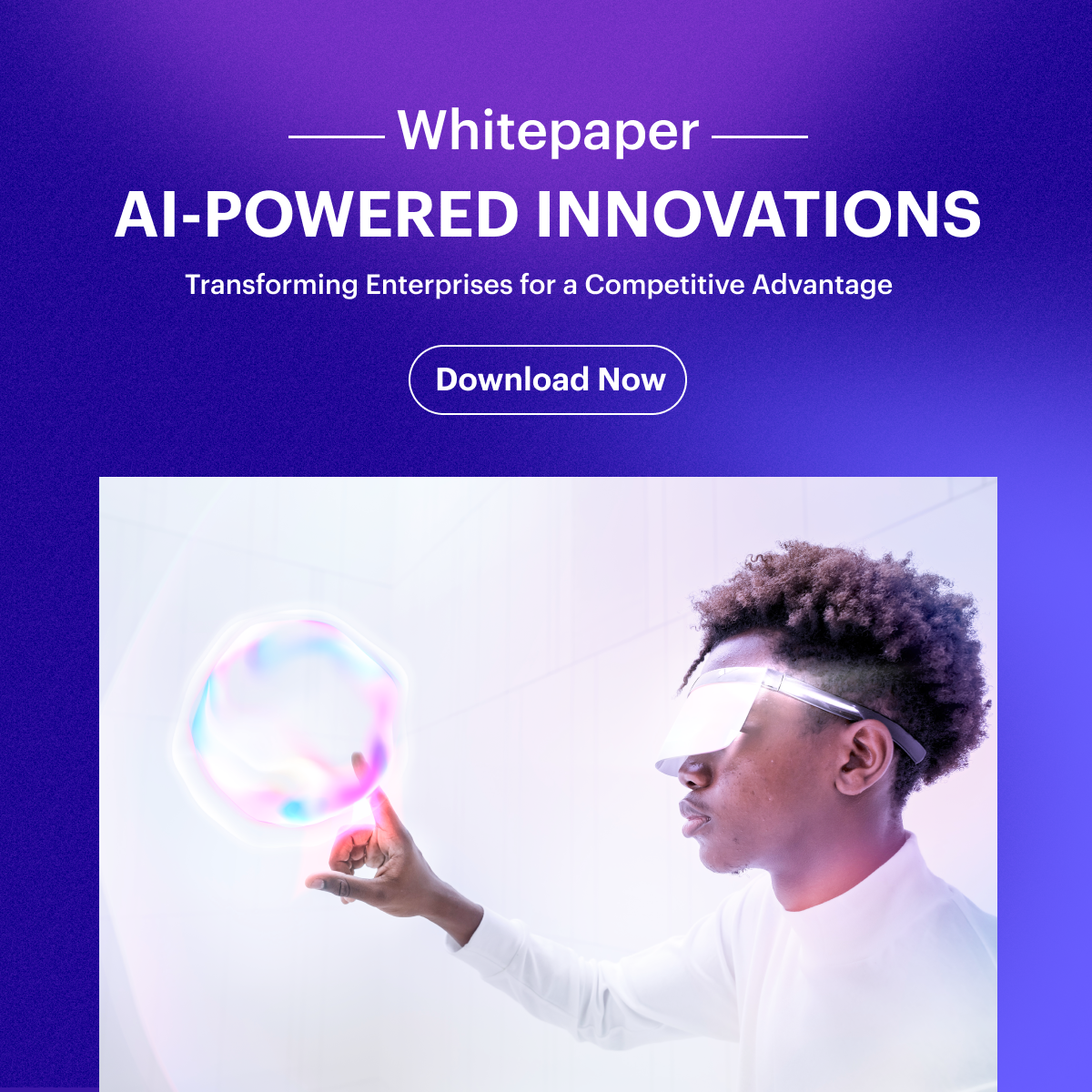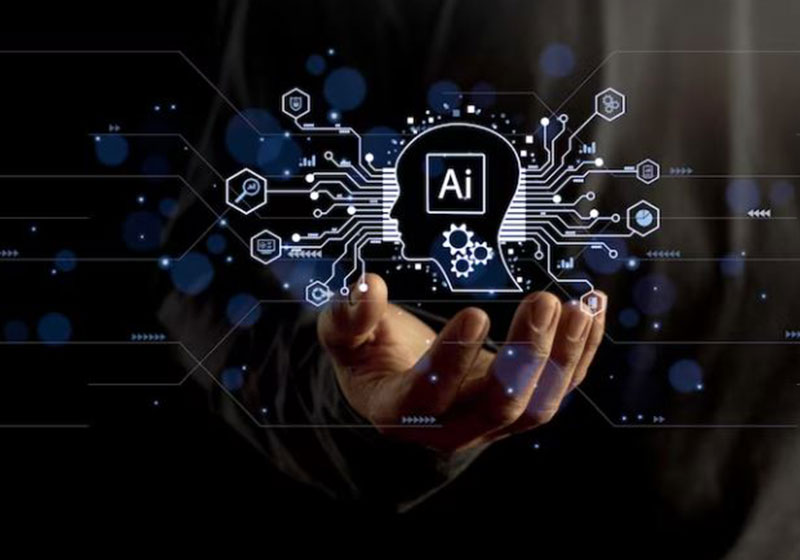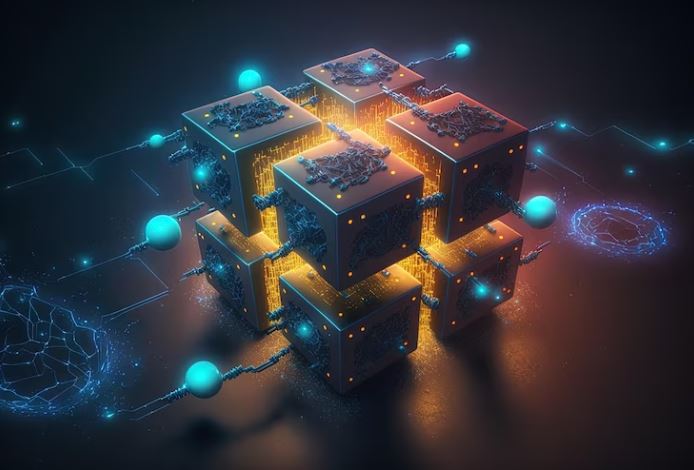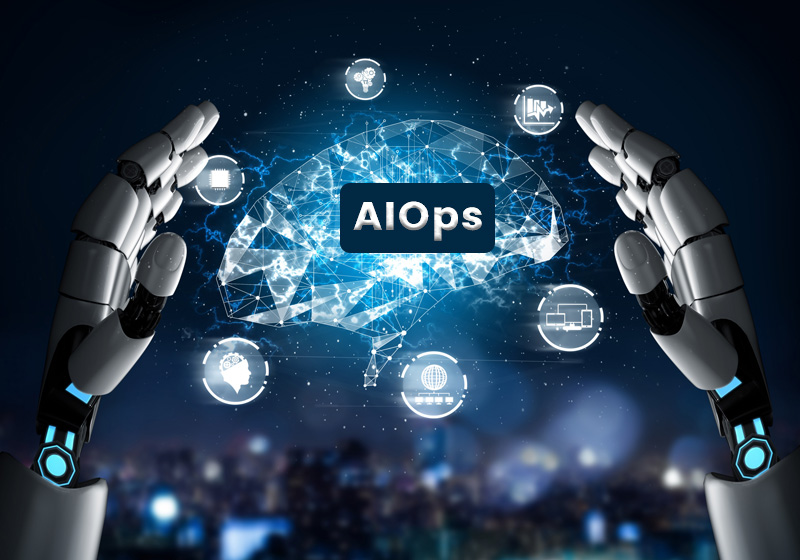AI and ML
The Rise of Artificial Intelligence and Machine Learning in IT
 Updated 30 May 2024
Updated 30 May 2024
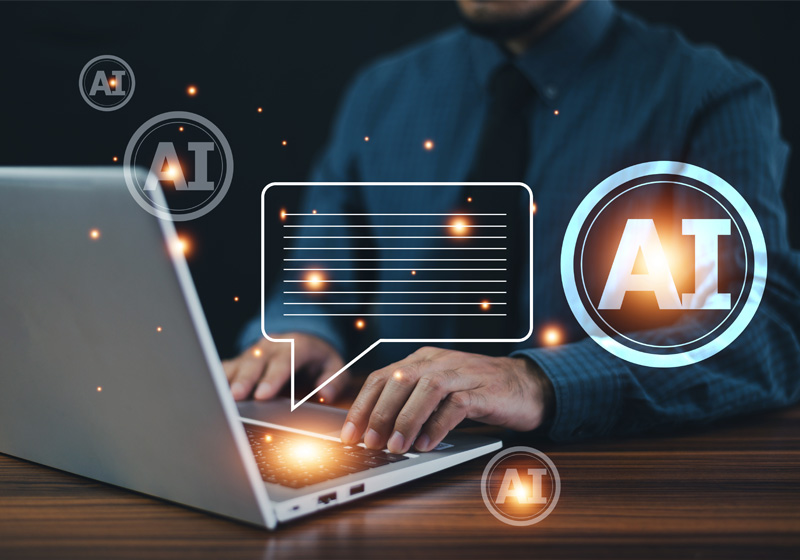
The emergence of ML and AI in IT operations has triggered a wave of change that has revolutionised the business landscape in the truest sense of the word.
The IT landscape will always be different with new and innovative AI applications that have transformed daily and critical activities like query handling, CI/CD pipelines, backlog creation, etc.
This article discusses the AI and ML impact on IT operations and how it has completely transformed the speed and efficiency with which teams operate.
We will bring to light the latest trends you can leverage to stimulate growth, competency, and profitability for your organization and some facts and numbers explaining why leveraging this technology in your business is no longer something to consider, but a necessity.
Latest AI and ML IT Industry Trends
IT teams have two distinct purposes in an organization. First, to ensure the smooth operation of tools and software used in everyday operations, and second, to innovate new tools and applications that improve the existing workflows.
According to a report from Deloitte, IT departments spend 55% of their resources on maintaining existing operations and only 19% on actual innovation. AI and Machine Learning IT Trends help your teams be more efficient in both, granting more resources freed up for innovating, and making the innovation process more efficient.
How they do this is mentioned in the points below –
Business as Usual Tasks
AI for Monitoring and Alerts
Teams can often be inundated by several alerts that pop up during normal business operations of tools and applications. This can sometimes lead to them missing out on the alerts that are of critical importance amidst the noise of redundant or unimportant alerts. AI can be used to generate alerts only when specific conditions are met to help respond quicker to incidents of actual concern and prevent downtime.
Automating Approvals
IT team tasks can often require a host of approvals from different owners of cost centres from different lines of business. This can be a tedious task due to its repetitive but highly critical nature. AI can easily automate this and raise prompts to gather approvals and permissions from all concerned teams instantly.
Automating Support and Escalations
An area where a lot of time and resources are expended is tech support. AI can efficiently gather data about issues being faced and classify them at different levels, namely L1, L2, and L3 depending on their criticality and ease of addressing. It can also suggest troubleshooting measures for lower-tier problems and then automate their escalations only if necessary.
Innovative Tasks
Automate CI/CD Pipeline
Using AI in your DevOps process to automate the process of building, testing, and deploying code, ensures that every change made passes the appropriate tests and can then be integrated into the existing codebase and deployed to production. This reduces errors, upholds the software quality, and accomplishes this in a fraction of the time it would take to carry this out manually.
Software Testing
AI in IT uses sophisticated algorithms to identify patterns and predict potential issues. They can help your teams optimize software by removing unused portions of code, and conduct model testing before the software is deployed to production.
AI-generated Artifacts
An artefact is a tool of Machine Learning that records every change made at every iteration of the development process to allow comparability, traceability, and reproducibility of the model and data. The iterative design process that all software designers are familiar with is made that much easier with AI that automatically generates them at various stages across the ML project lifecycle.
Code Suggestions
AI code assist is a feature that suggests code while the developer is typing. This helps greatly in speeding up coding, debugging, refactoring, documentation, and other such tasks in the SDLC.
Read Our Case Study: Transforming Video Categorization With An Intelligent ML Solution For A Premier Skills & Talent Development Company
Understanding and Differentiating Between AI & ML
The concepts of AI and ML are closely related to one another and can appear identical. To state it simply, artificial intelligence is the broader concept of which machine learning is a more focused approach.
Artificial intelligence (AI) refers to the machines capable of performing tasks and processing information using sensory perceptions of images, sound, etc. to do things that would require human intelligence and the mimicking of human behavior. AI systems can reason, learn, and make decisions based on the data provided.
Machine learning (ML), as is hinted by the term, is the part of AI that deals with creating algorithms and programs that can record user data and evolve by making the appropriate adjustments without the need for explicit programming. ML is an essential tool for most AI applications as it grants them the abilities needed to build predictive models, classify data, and recognize patterns.
Emergence of AI and ML
History
The history of how AI Development Services came to be is full of incredible developments and achievements sometimes distanced by decades stretching back to before the first modern computers were even developed.
- In 1955, Allen Newell and Herbert A. Simon created the “Logic Theorist” program which proved 38 of the first 52 theorems in Russell and Whitehead’s Principia Mathematica, setting the ball rolling towards creating computer simulations of cognitive processes.
- In 1986, a team of researchers from Carnegie Mellon University created and demonstrated the first driverless car which completed a 3,100-mile cross-country trip. The vision has now been brought to fruition, most popularly by the car company Tesla.
- Shortly after, the AI winter arrived, resulting from diminished consumer and private interest in the technology, leading to decreased research funding, and in turn, fewer breakthroughs. This period continued from 1987 to 1993, when finally, the technology saw a resurgence in research funding.
- In 1997, IBM’s supercomputer Deep Blue defeated chess grandmaster Garry Kasparov in a match to mark the first instance where a computer system demonstrated that it could surpass human understanding of complex tasks.
- In 2011 IBM Watson made a splash showcasing its ability to answer the questions posed in natural language from the popular game show Jeopardy. This breakthrough in natural language processing shook the business world and marked the beginning of exponential growth towards modern AI and ML.
AI and ML Today
Below are some statistics from reputed research and IT companies that can help you get a better understanding of where AI and Machine Learning IT Trends stand today and the future that the tech industry is moving towards –
- Servion Global mentioned in an article published in 2018 that AI will power 95% of customer interactions by 2025 with almost every customer interaction being AI-assisted. The trend concerning AI today is moving towards seeing this become a reality.
- Statista reports that the market for AI technologies amounted to around 200 billion USD in 2023 and is expected to grow to over 1.8 trillion by the year 2030.
- According to a Gartner survey of corporate strategists, currently, only 15% of strategic planning and execution activities are fully or partially automated using AI, whereas on average, experts suggest that 50% could be, hinting at the growth potential of the technology.
- IBM reports that 30% of professionals globally are already using AI in IT automation, software, and tools in some form and are benefiting from them in terms of time and profits.
- According to the CompTIA IT Industry Report 2024, 22% of the firms in its purview are aggressively integrating AI into their workflows, whereas 33% are also using AI in some limited form totalling a hefty 55% total.
Benefits of Incorporating AI and ML in IT with Q3 Technologies
Q3 Technologies is a leader in AI and Machine Learning Development Services that boasts a rich history in the tech industry. It has worked to provide cost-effective and tailored solutions that have helped several industry leaders achieve their business goals.
The benefits of choosing Q3 Technologies as your development partner can help you fully experience the AI and ML impact on IT teams. These benefits are mentioned below –
Innovative Solutions
At Q3 Technologies, we harness the power of AI development services to develop cutting-edge solutions tailored to meet the unique needs of our clients. By leveraging these advanced technologies, we create innovative solutions that drive transformation and competitive advantage. Our AI-driven solutions range from predictive analytics and intelligent automation to natural language processing and image recognition, helping businesses stay ahead of the curve.
High Efficiency
AI and ML significantly enhance operational efficiency by automating repetitive tasks, optimizing processes, and reducing human error. At Q3 Technologies, we integrate these technologies to streamline workflows and improve productivity. From automated customer service via chatbots to real-time data analysis, our AI and ML solutions ensure that your IT operations run smoothly and efficiently, allowing your team to focus on more strategic initiatives.
Cost Effective
Implementing AI and ML solutions can lead to substantial cost savings for businesses. By automating routine tasks and optimizing resource utilization, companies can reduce operational costs and increase profitability. Q3 Technologies offers cost-effective AI and ML solutions that provide high ROI. Our scalable and flexible solutions allow businesses to start small and expand as needed, ensuring cost efficiency at every stage.
Collaborative Intelligence
AI and ML enhance human capabilities, creating a synergistic relationship between technology and human intelligence. At Q3 Technologies, we focus on collaborative intelligence, where AI systems augment human decision-making processes. Our solutions are designed to assist and empower your workforce, providing insights and recommendations that improve accuracy and outcomes. This collaborative approach ensures that technology serves as an ally, enhancing human skills and expertise.
Read Our Case Study: Transforming Workforce Productivity With An Integrated AI Employee Assistant For India’s Leading Oil & Gas Producer
Conclusion
To summarize, AI and ML impact on IT has been nothing short of transformative. To say that the way resources and workflows now move to demand the use of AI in IT is an understatement.
Artificial Intelligence and Machine Learning IT trends have become crucial needs for your business to stay competitive and innovative in this new business landscape which is fast being swept up in the AI wave.
It is the dawn of a new era in technology and you can join Q3 Technologies today and together pave the way for a future where human creativity meets machine intelligence to solve even the most complex challenges.
FAQs
Q. How AI is changing the IT industry?
A. AI automates numerous tasks related to software development and deployment, allowing organizations to complete projects faster and with fewer errors. AI allows IT companies to automate several processes to reduce manual work and costs.
Q. What is the role of AI in IT industry?
A. AI plays a valuable role in enhancing efficiency, accuracy, and security. It minimizes human error by automating testing and various other processes, ensuring that each step is performed with consistent attention to detail. AI enables IT teams to manage resources better, maintain high-quality standards, and focus more on innovation and strategic planning.
Q. What led to the rise of AI?
A. The rise of AI can be attributed to several factors: advancements in computational power, availability of big data, and improvements in algorithms and machine learning techniques. Historical milestones like the “Logic Theorist,” IBM’s Deep Blue and the success of IBM Watson in natural language processing have paved the way. The growing understanding of AI’s potential to solve complex problems has further accelerated its adoption across various sectors.
Q. What is the rise of generative AI?
A. Generative AI algorithms create new content, such as text, images, audio, and video, based on learned patterns from existing data. The rise of generative AI is marked by the development of models like GPT-3 and DALL-E, which produce human-like text and art. This technology has shown an unprecedented impact on content creation, design, entertainment, and more.
Q. In what ways does AI enhance security in IT operations?
A. AI enhances security by automating threat detection and response, identifying potential vulnerabilities before they can be exploited, and providing real-time alerts when security issues arise.
Q. What are some real-world applications of AI?
A. There are many examples where AI is used in the real world. Virtual assistants like Siri, and Google Assistant, recommendation systems of several OTT platforms, self-driving cars, fraud detection software, and many more spanning several industries.
Q. What is the difference between artificial intelligence (AI) and machine learning (ML)?
A. AI is a broader concept that involves creating machines capable of performing tasks that require human intelligence, while ML is a subset of AI focused on creating algorithms that allow systems to learn and evolve from data without explicit programming.
Q. Why is incorporating AI and ML into IT considered essential for modern businesses?
A. AI and ML are essential for modern businesses as they significantly improve efficiency, accuracy, resource management, and security, enabling organizations to stay competitive and innovative in a rapidly evolving technological landscape.
Read More: Top Generative AI Use Cases Across Industries in 2024

